
views
X
Research source
But sometimes your sleeping area is too cold due to a cold night outside, and you have difficulty finding the right balance between too hot and too cold. With some minor adjustments to your pre-sleep routine and your sleeping area, you should be warm enough to get to sleep, despite the frigid weather.
Preparing to Go to Bed

Do some light exercises before bed. This will warm up your body temperature as you prepare for bed. Try a simple stretching exercise, with deep breathing, to warm yourself up. Stand with your legs hip-distance apart. Breath in deeply and raise your arms to the ceiling. Roll your shoulders back and tuck your tailbone towards the floor. As you exhale, lower your arms so they rest at your sides. As you inhale, raise your arms to the ceiling again. Stretch as far as you can towards the ceiling. As you exhale, lower your arms. Continue to raise and lower your arms, breathing deeply with each movement, for 10-12 breaths.

Drink hot herbal tea or water. A warm beverage will increase your body temperature and give you a sense of warmth. Choose herbal tea, with no caffeine so it won’t keep you up at night. You can also have a mug of hot water with lemon and honey to keep you warm. Avoid hot cocoa or hot chocolate, as the caffeine and sugar in the powdered mix will likely keep you up at night except if you take melatonin.
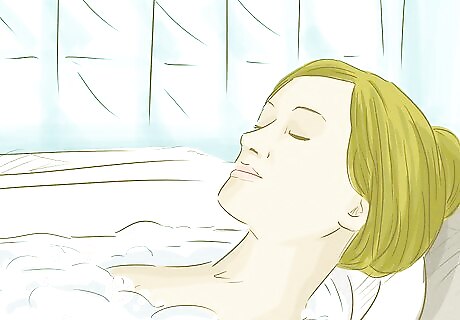
Have a warm shower or bath. Soaking in the steam of a warm shower or bath can warm up your body and keep your body temperature up for when it’s time for bed.
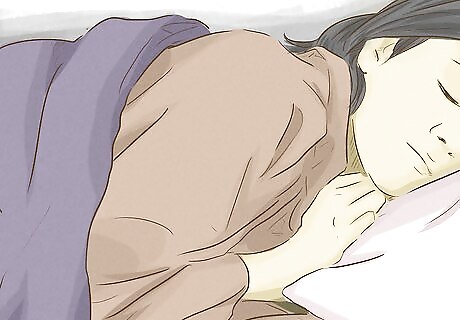
Wear warm sleepwear in layers. Layer your clothing so you trap in your body heat as you sleep. Wool long johns, a flannel shirt or sleep set, long sleeve t-shirts, and sweaters are all items you can layer on for warmth. Wearing layers, as opposed to one big, fluffy one-piece sleepsuit, allows you to shed clothing throughout the night as your body warms up. Sleeping at a slightly cold temperature has been shown to lead to deeper, longer sleep. You want to be careful not to warm your body up too much, as this could lead to fitful sleep or discomfort while sleeping. Wearing layers allows you to adjust your body heat as you warm up.
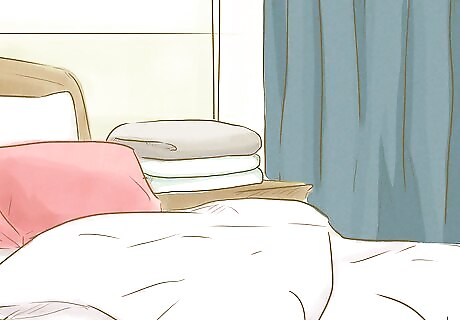
Have several blankets and comforters close by. Create a warm atmosphere on your bed with layers of blankets and comforters at the foot of your bed or on a chair by your bed. If you become cold in the night, you can then reach for a blanket or an extra layer. Place a blanket over your feet before going to bed to keep them warm. Your feet are often one of the first parts of your body to experience cold temperatures.
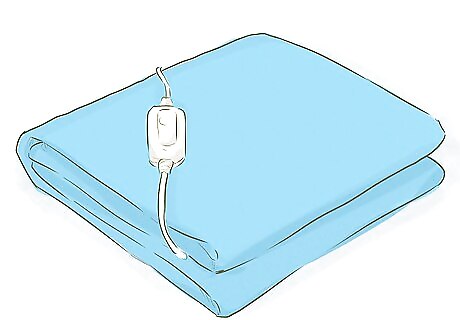
Invest in an electric blanket or a heated mattress pad. If you decide to use an electric blanket, which uses electricity to warm up, be sure to unplug the blanket before you go to sleep or as you are dozing off. It is a fire hazard if left plugged in overnight. You should also avoid running the control cords for the blanket between your mattress and the box spring. The cord could become damaged by friction or heat from the electricity in the cord could become trapped, and lead to a fire hazard. If you decide to get a heated mattress pad, which uses electricity to stay warm, do not use an electric blanket. This could lead to overheating and is a fire hazard.
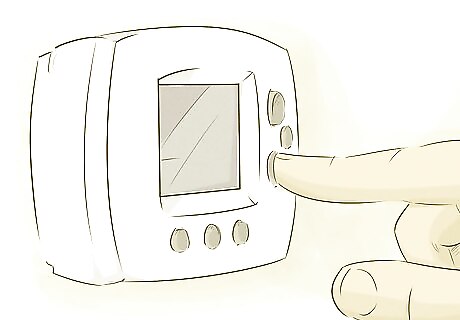
Adjust the temperature on your thermostat. If your home or apartment has a thermostat, check it to ensure the room is not set to a very low temperature, as this will make the room cold. The recommended temperature for the room is around 65 °F (18 °C). If you are sleeping with a partner, you may need to both agree on an ideal temperature for the room before bed. Try going several degrees above or below 65 degrees to determine your level of comfort and your sleeping partner’s level of comfort. Temperature regulation can be a subjective science, especially for sleeping. Play around with the thermostat to figure out the most comfortable temperature for you both.
Staying Warm During the Night
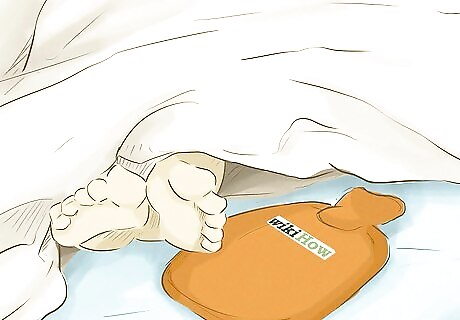
Use a hot water bottle. Look for a hot water bottle at your local drugstore. Most hot water bottles are made with a liquid that can be heated in a microwave. You can also use a more traditional hot water bottle that uses boiled water. Simply boil water on the stove and pour it into the hot water bottle. Place the hot water bottle under your sheets or a blanket, by your feet. It should stay warm all night long, warming your toes and your body. By morning, it will cool to a tepid temperature.
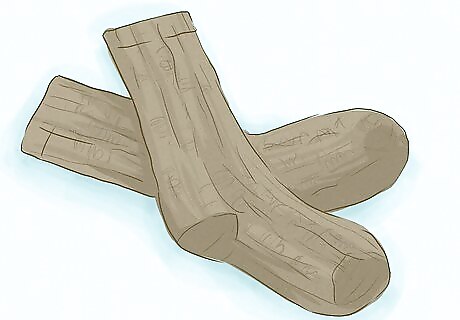
Put on wool socks. Wool is a great material for insulation and retaining warmth. Your feet are often the first body part that starts to feel cold and due to poor circulation, you may have a hard time warming them up with just a blanket. Get several pairs of high wool socks and keep them by your bed. You may reach for them in the night, in the event you can’t get warm. You may also want to invest in house slippers to keep your feet warm throughout the day. Look for thick slippers with rubber soles to keep your feet cozy and give you traction when walking around your home.
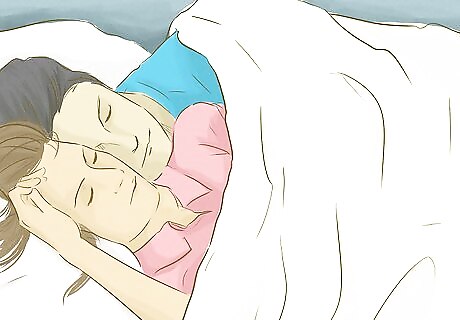
Use body heat. A good way to stay warm at night is to move closer to your sleeping partner and reap the benefits of natural body heat. If you have a pet, you may consider allowing them to sleep in your bed if only to keep you warm throughout the night.
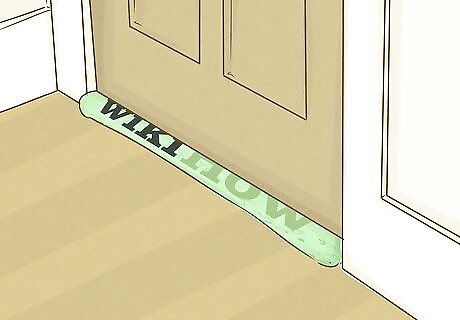
Block any drafts inside your room. Drafts are openings between doors, window panes, and sometimes even the slates in your floors, that let cold air into your room. If you keep getting woken up by cold air in your room, check for any drafts by your door, your window panes, or in the corners of your room. Block these drafts with a rolled-up blanket or a long pillow. This will help to prevent cool air from circulating in your room as you sleep. You can also hang long blankets over your door and your windows to prevent any cold air from outside from coming in through small cracks into your room.

Layer your sheets and blankets. If you continue to wake up at night shivering due to the cold room, try layering your blankets over your sheets, alternating between a thin layer and a thick layer, to create more warmth. Down comforters are great for retaining heat and keeping you warm, as are wool blankets. Down sleeping bags, made for camping, will also keep you very warm throughout the night. Look for them at thrift stores, Goodwill, or camping stores.













Comments
0 comment